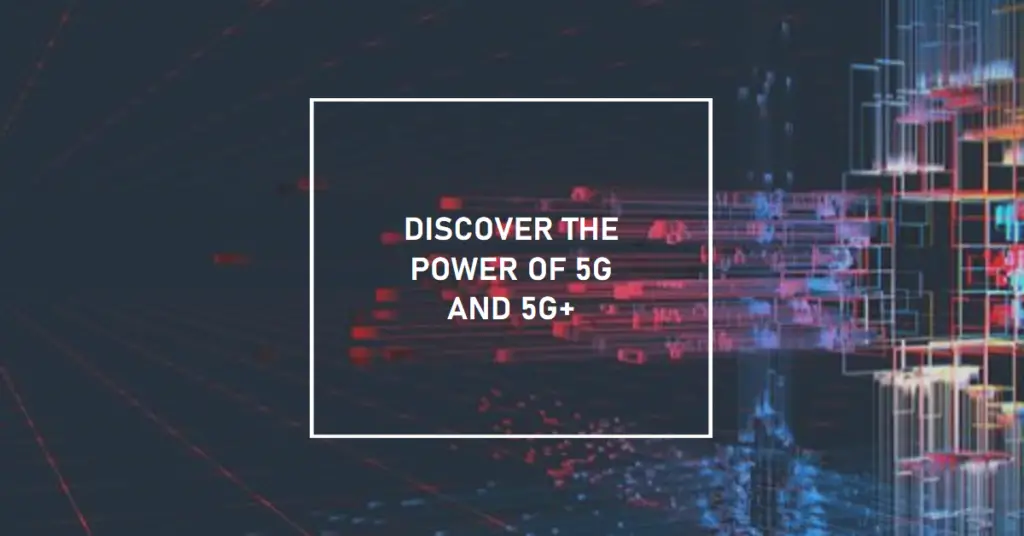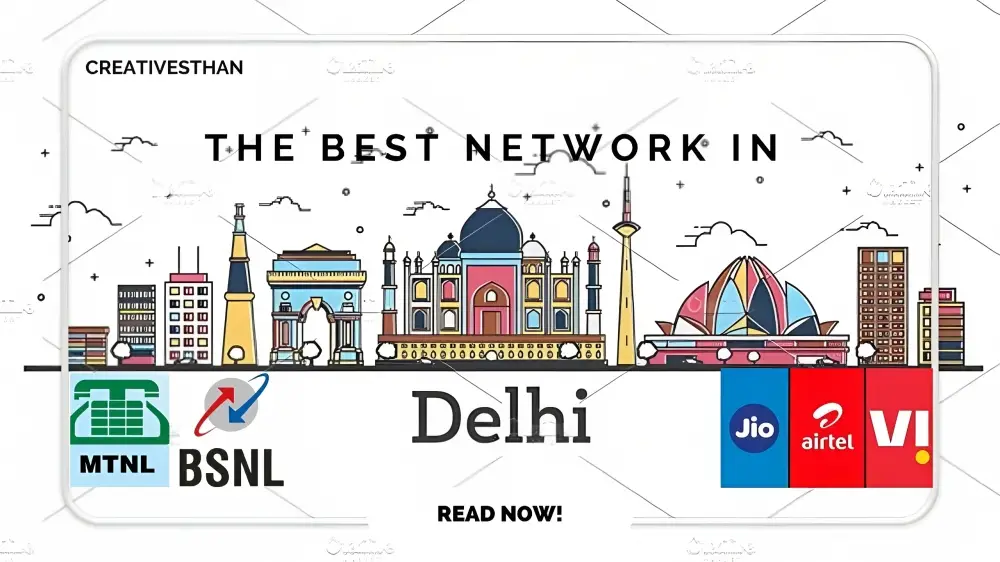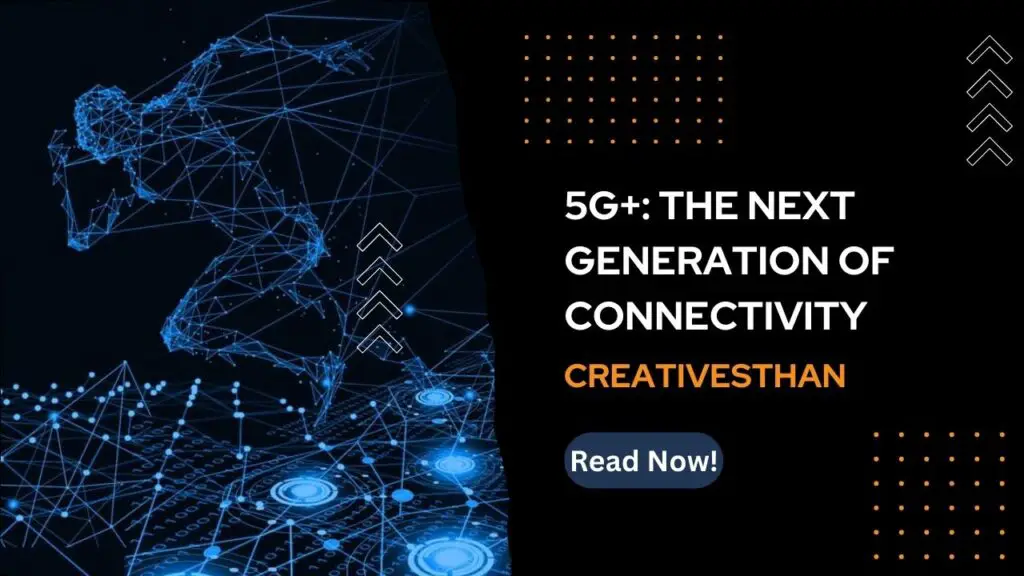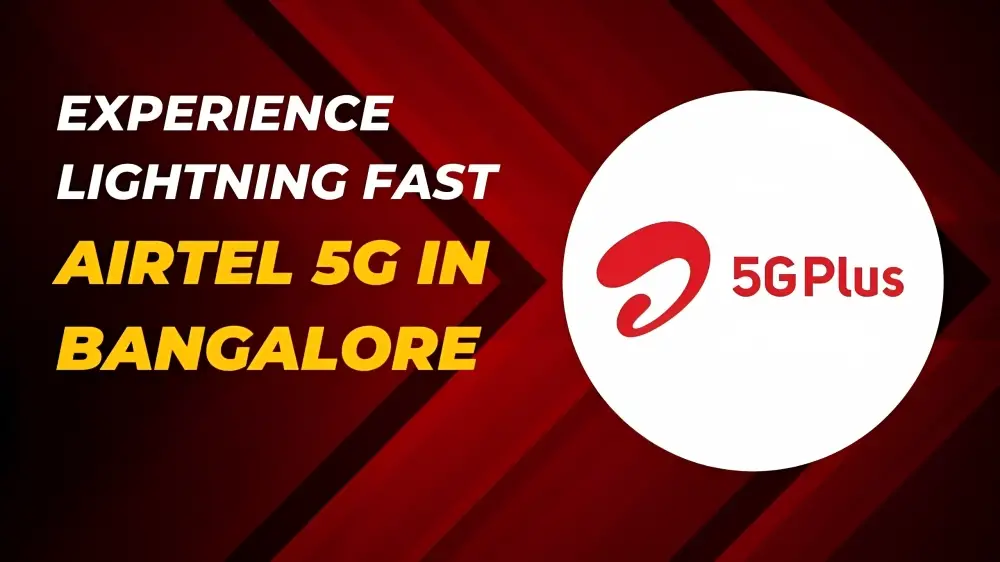AT&T is advancing its network capabilities with the rollout of 5G and the more exclusive 5G+.
While 5G is becoming widely available, not all 5G networks are created equal.
This blog post explores the distinctions between AT&T’s 5G and 5G+ offerings, helping you understand their impacts and innovations.
What is 5G?

The newest wireless tech, called 5G, is really fast. It doesn’t take long to download stuff, and it’s great for things like virtual reality.
So, what is it? Simply put, it’s the next level of how we connect to the internet. It’s going to change how industries work and how we live. It can send a lot of data at once because it works on higher frequency bands.
No more waiting for things to load – now you can do lots of cool stuff without any delays.
Types of Spectrum Bands explained
Different types of 5G networks, such as 5G UW and 5G UC, utilize varied frequency bands to optimize coverage and performance. These include:
Low-Band Spectrum
Provides broad coverage across major cities and rural areas, ensuring consistent connectivity even in remote locations.
Mid-Band Spectrum
Offers a balance between speed and coverage, enabling faster speeds while maintaining reasonable coverage.
High-Band Spectrum
Also known as millimeter wave technology, delivers ultra-fast speeds over shorter distances, ideal for dense urban areas.
The table below shows the breakdown of the 5G bands.
| Spectrum Band | Range of Bandwidth | Radiation Speed |
|---|---|---|
| Low Band | 600 – 900 MHz (Mega Hertz) | 50 – 250 Mbps |
| Mid Band | 1.7 – 2.5 GHz (Giga Hertz) | 100 – 900 Mbps |
| High Band | 24 – 40 GHz (Giga Hertz) | up to 3 Gbps |
How fast is 5G?

5GHz speeds reach 10 Gbps. Five G speeds are 100 times faster than 4G.
How can you use 5G to increase the speed? I love the questions. Typically speaking, the smaller the frequency the greater the band. 5G network speeds are boosted with a short frequency range (millimeter waves between 30 GHz and 300 GHz}.
These highband 5G frequencies give the anticipated boost to the bandwidth of the network with low latency and high quality.
Nevertheless, download speeds of 5GHz can vary greatly in a given geographical location.
Typical 5G speed measurements conducted during Q3 and Q4 2018 range from: It is 10 to 50 times higher than 4G LTE.
5G vs 4G – What is the difference?
5G technology marks a significant leap from 4G, particularly in its ability to support the burgeoning Internet of Things (IoT).
It offers the bandwidth and low latency needed for real-time applications, revolutionizing how devices connect and interact.
How Does 5G work?
5G networks rely on a mix of low-band, mid-band, and high-band frequencies to deliver faster speeds and better connectivity.
Small cell towers are strategically placed throughout urban areas to improve data speeds and offer blazing fast speeds via a mid-band network.
High-band networks, also known as millimeter wave networks, provide ultra-fast speeds but have a shorter range.
The combination of these networks ensures uninterrupted data transmission with low latency and massive capacity to support the millions of devices in smart cities and public safety systems.
Benefits of 5G
Now, let’s talk about why 5G is so cool. Get ready for the awesome things this new tech can do.
First, it’s super fast. No more waiting for things to load. Watching movies? Easy. Downloading big files? Quick. Your internet will be smoother than ever.
And guess what? Almost no delays. That means everything happens right away when you’re gaming or using your gadgets. No more annoying lag.
It can handle lots of devices. Suppose a town full of smart gadgets – cars that drive themselves, connected devices, you name it. 5G can handle them all. More devices mean more cool things can happen.
And don’t forget the cool tech it brings, like augmented reality (AR), virtual reality (VR), and the Internet of Things (IoT). Get ready for a world full of cool experiences and everything connected.
So, get ready for a tech change. 5G is here to make life, work, and play better. It’s like the sky – lots of good stuff. Stay tuned for more about this super cool tech.
T Mobile’s 5G UC and Extended Range services
The mobile giant divides the 5G networks between five-gig band ultra-capable (5G UC). 5G extended range provides more coverage.
5G UC combines 2.4GHz midband frequencies for high-speed connections as indicated on smartphones’ 5G UC badge.
If you have an iPhone that shows just 5G then you can use Extended Range service, which uses less speed and lower bands with speeds comparable to 4G.
Source: Tmobiles, Inc.
Problems 5G can bring to humans
Though 5G technology is exciting, it has its downsides.
There are health concerns because some studies suggest the new 5G signals might affect our wellbeing, but this is still being studied.
Privacy is another issue; with everything connected, more of our personal information could be exposed.
Additionally, setting up 5G is costly, and these expenses might be passed on to consumers.
Finally, not everyone will get 5G at the same time, which could increase the gap between areas with advanced technology and those without.
In short, 5G brings speed and connection, but it also brings some issues—health worries, privacy problems, big bills, and a risk of leaving some people behind.
AT&T is making 5G more faster with something called 5G+. It’s like giving your already fast internet a big speed boost. Think of streaming, downloading, and browsing really quick.
And the cool part? It’s not just for some cities. AT&T is spreading 5G+ to more places across the US. So, wherever you are, you get this super fast internet.
What is 5G+ and how it’s different from 5G?

5G+ represents an enhanced version of AT&T’s standard 5G network, engineered for ultra-fast performance.
While regular 5G offers significant improvements over 4G, providing broad coverage and dependable speeds, 5G+ employs millimeter wave technology to deliver exceptionally high speeds, crucial for real-time applications.
This advanced tech enables nearly instantaneous downloads and seamless streaming even in crowded settings.
However, 5G+ has a more limited range compared to standard 5G, making its ultra-fast service more exclusive but increasingly available in metropolitan areas.
5G+ Availability
AT&T’s 5G+ network is reaching more cities in the United States. That means more people can use this super-advanced network.
Where is it? Not on the moon, but you can find it in places like Los Angeles, San Francisco, and Dallas.
If you’re in one of these spots, you get super-fast internet with 5G+. Just imagine how fast you can do things!
The Next Chapter for 5G
With its lightning-fast speeds, minimal delays, and ability to handle tons of devices, 5G will change the face of future for IoT devices, smart cities, and safety networks.
Things like self-driving cars, telemedicine, and sturdy public systems will grow with the strong connections 5G offers.
And as more gadgets and services hop on the 5G train, the potential keeps growing.
Some Frequently Asked Questions On 5G and 5G+
Q1. Is 5G+ better than 5G?
5G + offers faster and more responsive performance for most demanding software applications. The 5G Plus technology enables mobile apps to be viewed and operated from any device.
Q2. What does 5G+ mean?
5G+ was named after AT&T’s network in the mmWave and midband bands. This band provides the fastest speeds of 5G with very low latency but limited ranges. The 5G speeds range between 100Mbps and 1Gbps.
Q3. Can I Use 5G+ for Gaming?
For sure! 5G+ is awesome for online gaming because it’s super quick and has no annoying delays.
Q4. Is 5G plus real 5G?
Unlike 5G it is true 5G with a few variations of lowband. AT&T uses 5G Plus for millimetric waves, middleband and c-band 5G networks. In this case, Verizon has a millimeter-wave 5G network that uses Cband 5G as its standard network name.
Q5. What is 5G+ speed
5G+ has 3600 MHz and can reach up to 1 gbps. Rogers: 5 GHz is limited from 250Mbps to 3500MHz. GPRS Plus supports 3000MHz and is capable of transferring 1Gbps. Koodo 5G has a speed limit of 500Mbps.
Conclusion
And that’s a wrap on 5G and 5G+. Let’s make it crystal clear.
5G and 5G+ might sound complicated, but they’re just different versions of how our phones connect. 5G is the regular one you find everywhere. Now, 5G+ is the advanced version of 5G, with extra speed.
It zooms faster and doesn’t take as long as the regular fifth generation. So, if someone talks about these, just remember, 5G is like a superhero, and 5G+ is the superhero with a speed boost. Cool, right?
Thanks a lot for sticking with us. If this talk about 5G made sense to you, why not share it? And tell us below what you think. Did this talk work for you or not? We want to know!




